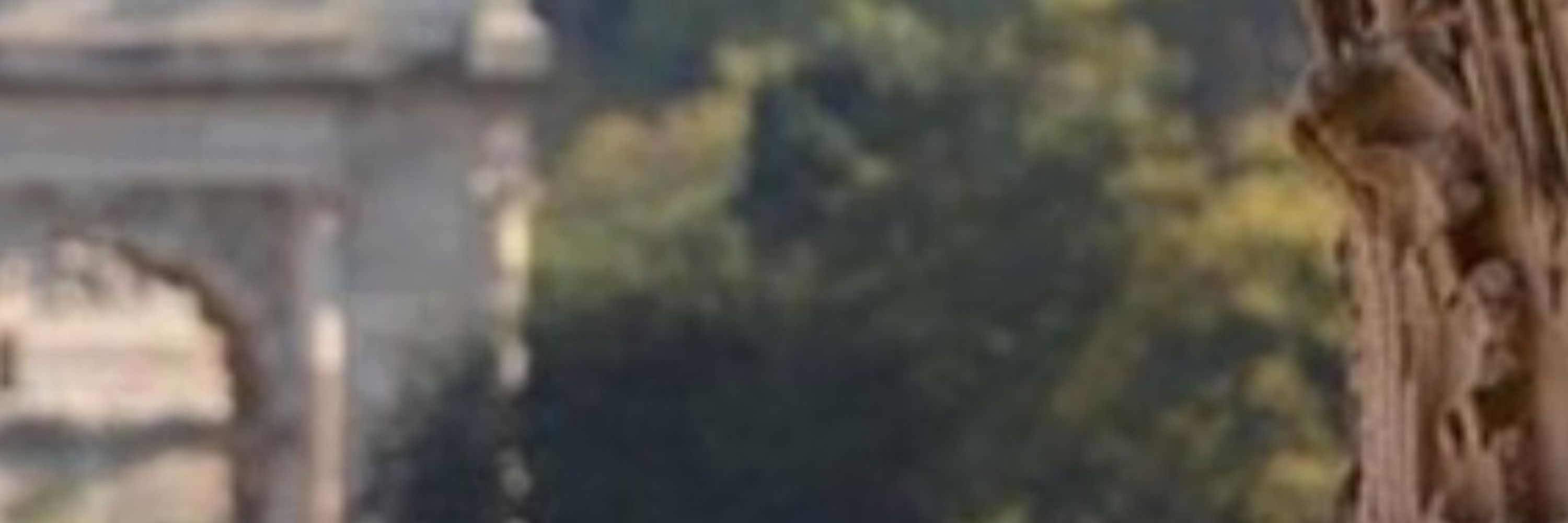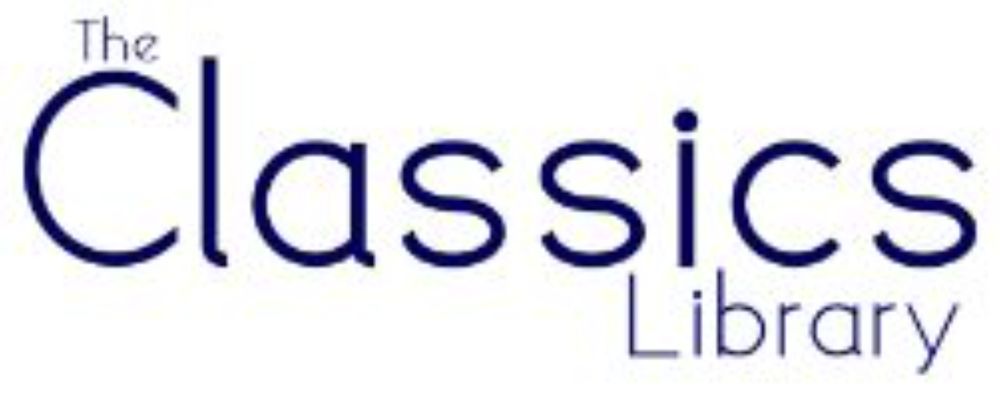


www.theclassicslibrary.com/job-teacher-...

www.theclassicslibrary.com/job-teacher-...
GreekReporter.com greekreporter.com/2025/11/25/a...

GreekReporter.com greekreporter.com/2025/11/25/a...



www.theclassicslibrary.com/job-teacher-...

www.theclassicslibrary.com/job-teacher-...



www.theclassicslibrary.com/job-teacher-...

www.theclassicslibrary.com/job-teacher-...


www.thehistoryblog.com/archives/74629

www.thehistoryblog.com/archives/74629

www.thehistoryblog.com/archives/74637

www.thehistoryblog.com/archives/74637









